table of contents:
Before assembling a garment, it is essential to take accurate measurements to ensure a perfect fit. Whether for a custom pattern or adapting an existing design, careful measurements ensure a comfortable and fitting garment .
In this article, learn how to take measurements correctly, which measurements are essential, and how to avoid common mistakes .
Why is it important to take your measurements correctly?
Taking accurate measurements allows:
- To obtain a perfectly fitting garment.
- To ensure the comfort and good fit of the garment on the body.
- To avoid cutting errors that could ruin the fabric.
Whether you are making a garment for yourself, for a client or an industrial prototype, taking good measurements is a crucial step .
How to properly prepare for taking measurements?
Before you begin:
- Use a soft tape measure to avoid distortion.
- The person should stand straight but relaxed to avoid inaccurate measurements.
- Move the mirror away to prevent the person from unconsciously sucking in their stomach.
- Take measurements over fitted underwear or a form-fitting garment.
Proper preparation ensures accurate and reliable measurements for pattern creation.
What are the essential measures to take?
How to measure stature?
- Place the person standing, barefoot, back straight.
- Measure the total height , from the top of the head to the floor.
Make sure the person does not bend over and that the tape measure remains straight.
How to measure waist size?


- Place the tape measure around your natural waistline , usually the smallest hollow of your torso, and measure parallel to the floor.
- Do not overtighten to avoid inaccurate measurements (leave a finger of room).
Ask the person to breathe normally to get a realistic measurement.
How to measure hip circumference?

- For women: Measure the widest part of the hips from the back.
- For men: pass the tape measure around the pelvis , without tightening it.
Make sure the tape measure remains parallel to the floor to avoid mistakes.
How to measure chest circumference?

Place the tape measure at chest height, i.e., across the two prominent breasts. Check that the tape measure is horizontal (parallel to the floor).
How to measure back height?

- Place the tape measure from the protruding neck bone to the waist line.
This measurement is essential for adjusting the fit of a bodice or jacket.
How to measure front height?

- Place the tape measure at the front neckline (depending on the height of the neckline) up to the waistline.
This measurement is essential for adjusting the fit of a bodice or jacket.
How to measure shoulder length?

- Place the tape measure in the hollow of the neck (shoulder point) and run it down to the end of the shoulder. This measurement will depend on whether you have a fitted or looser armhole.
How to measure inseam length?

- Place the tape measure on the inside of the leg , from the crotch to the floor.
- For men, adjust the measurement according to the side they wear their clothes on to avoid any discomfort.
How to measure waist-to-floor height?

- Measure the distance from your waist to the floor , along the outside of your leg.
How to measure arm length?

- Roll the tape measure down the outside of your arm , passing through your elbow.
- Measure from the tip of the shoulder to the wrist .
The arm must be bent for an accurate result.
How to measure fork height?
- Sit the person on a chair and measure the distance between the waist and the seat .
Essential for designing comfortable pants without excess fabric.
What ease should be added to the measurements?
Once your measurements are taken, it is crucial to add an allowance to ensure the garment is comfortable.
Examples of recommended facilities:
- Chest size: +4 to 8 cm
- Back height: +1 cm
- Waist size: one finger of ease when measuring
- Hip size: +4 to 6 cm
Ease varies depending on the style of the garment: close-fitting, loose-fitting, or fitted.
What mistakes should you avoid when taking measurements?
- Do not overtighten the tape measure, as this will distort the measurements.
- Do not include ease directly in the measurement, it must be added after.
- Do not ask the person to suck in their stomach, which would give an incorrect result.
Conclusion
- Use a soft, well-positioned tape measure.
- Take measurements in a natural, tension-free posture.
- Add the right comfort for a comfortable garment.
- Double check the measurements to avoid any mistakes.

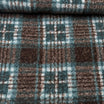
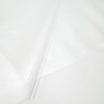

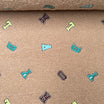
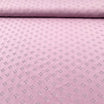

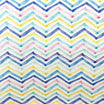




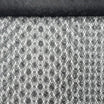
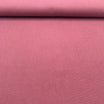
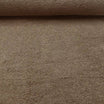

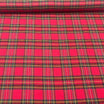


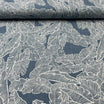

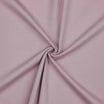


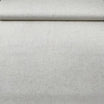
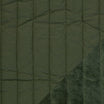
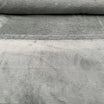
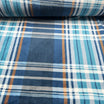
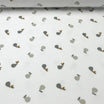
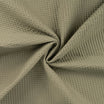
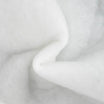

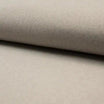


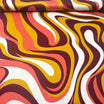

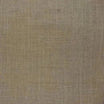
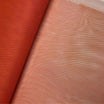
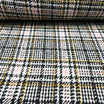
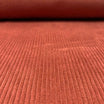
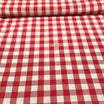



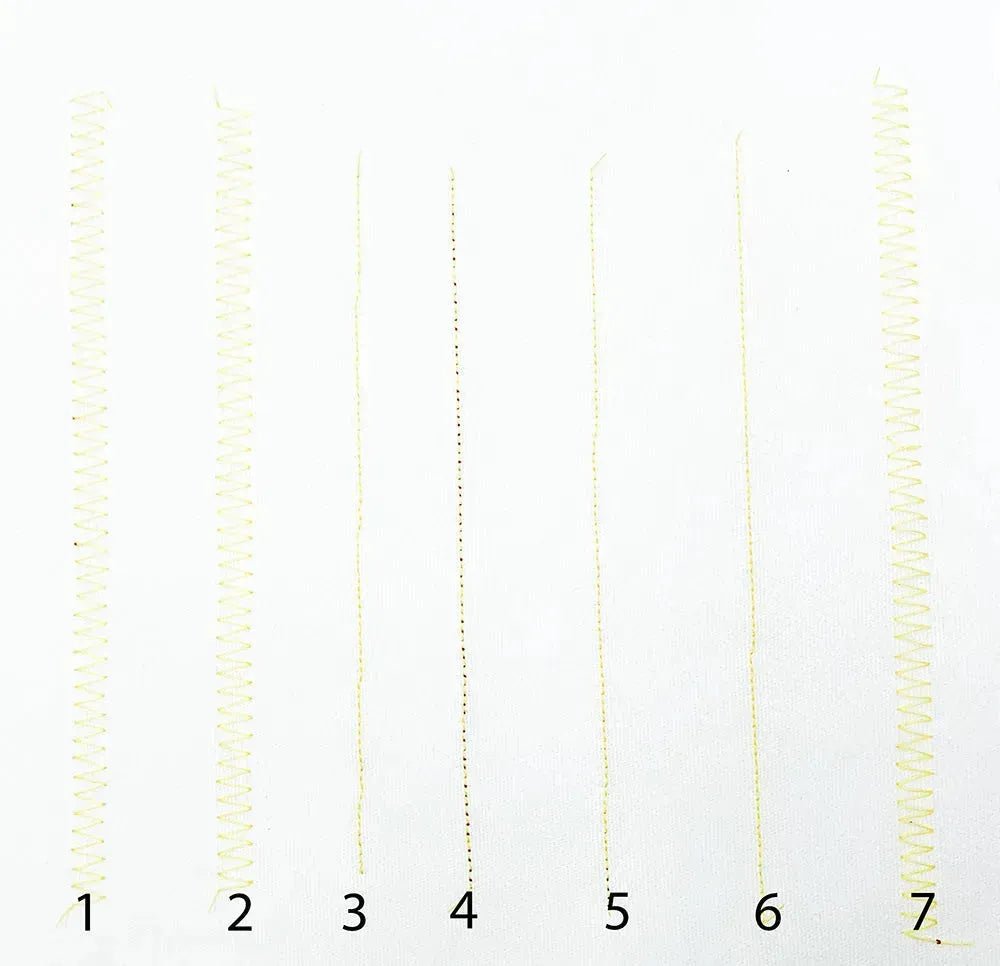
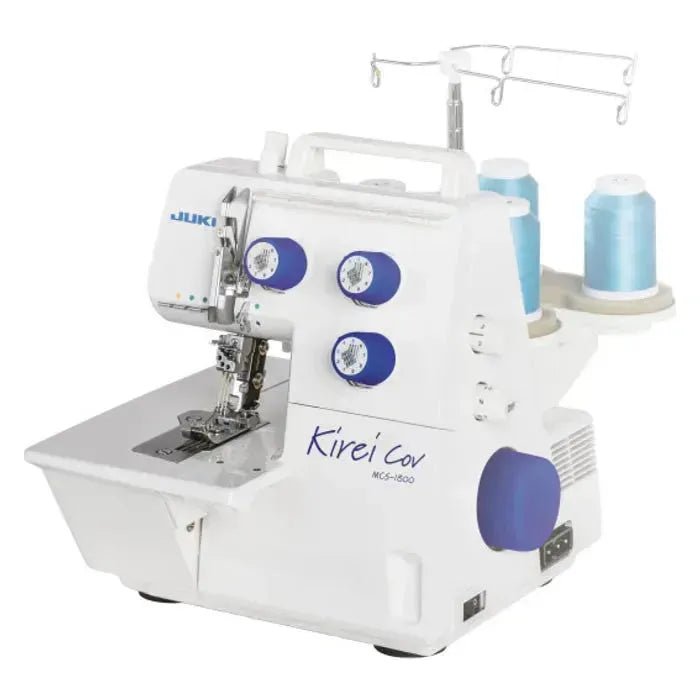
Leave a comment
All comments are moderated before being published.
This site is protected by hCaptcha and the hCaptcha Privacy Policy and Terms of Service apply.